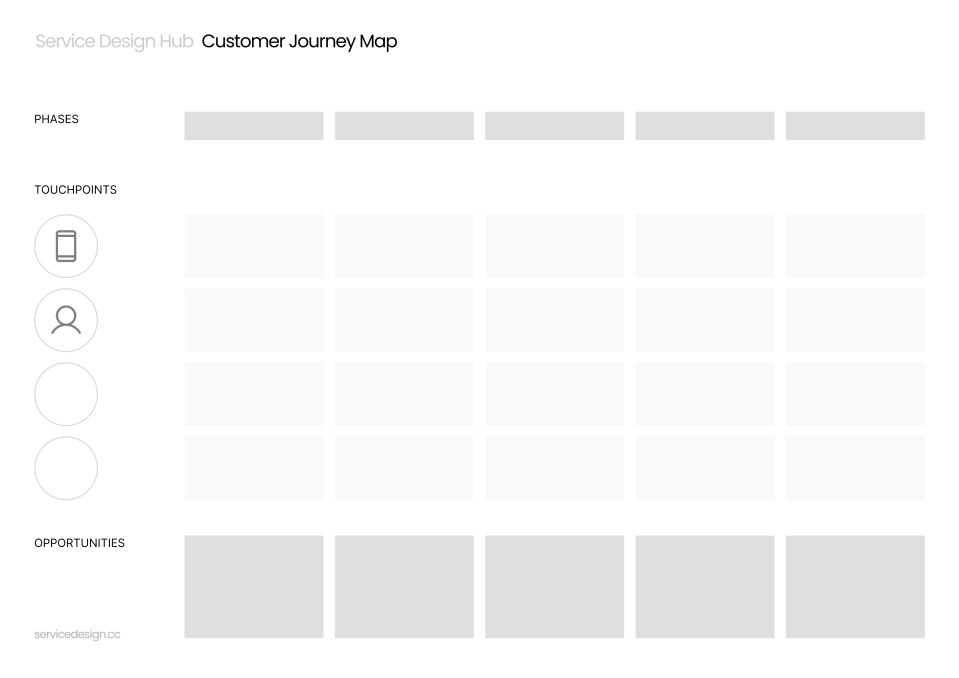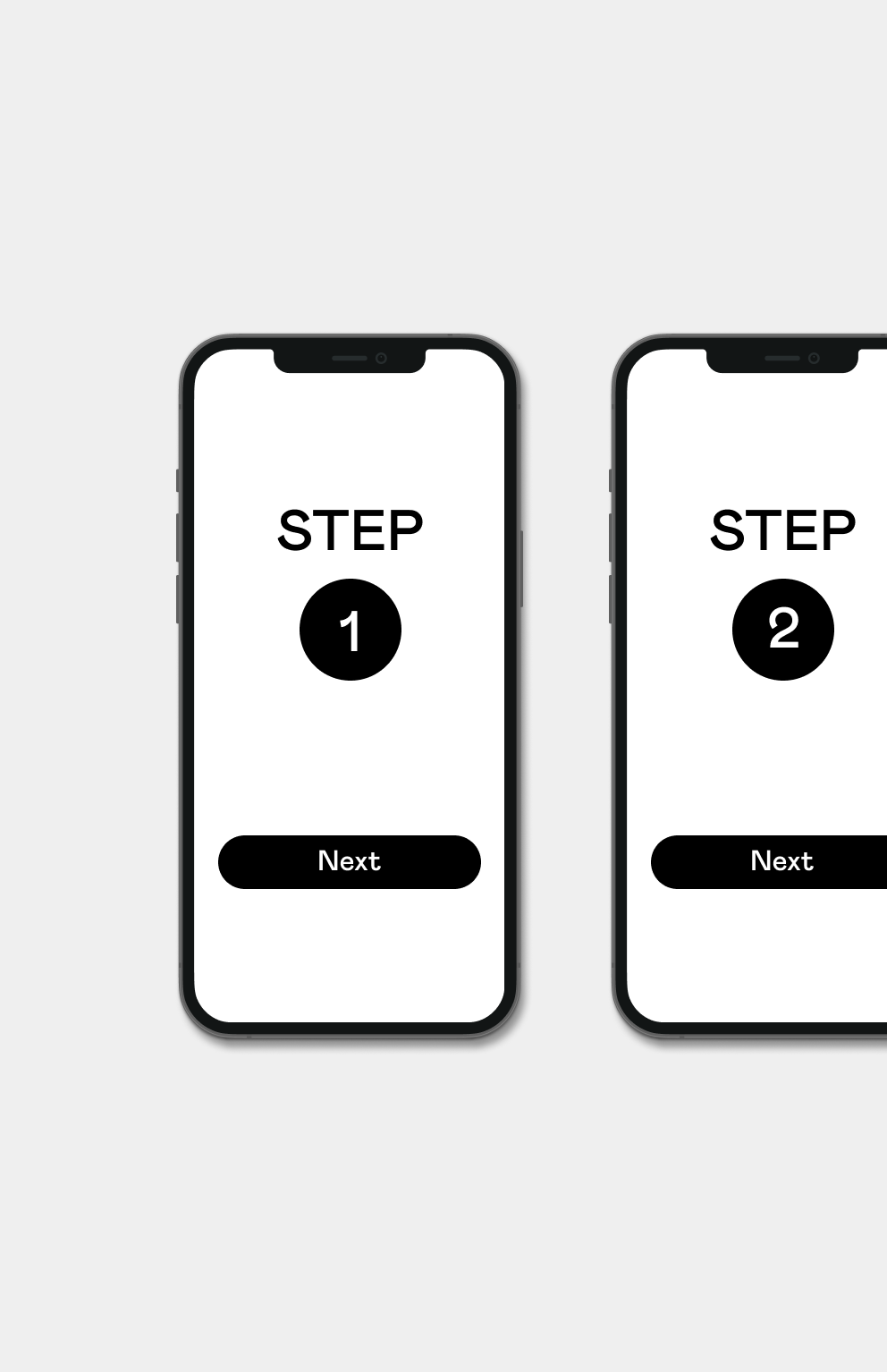In the contemporary landscape where the customer is king, decoding the customer's journey is of vital significance for businesses. The process of customer journey mapping acts as an insightful tool, providing a deep dive into customer experiences. It aids businesses and institutions in pinpointing opportunities to augment service and boost growth. This guide sets out to demystify the concept of customer journey mapping, its perks, and offers a detailed method to create your own.
Creating a Customer Journey Map is also a great way to start your own journey into Service Design territory. Be careful not to confuse the Customer Journey Map with the Service Design Blueprint - Customer Journey Mapping is only about seeing things from the customers/users perspective, and a great way to learn to put yourself in the end users shoes, which is key to learning user centered design
II. The Building Blocks of a Customer Journey Map
A customer journey map essentially paints a visual picture of the path your customers take when they interact with your company. It comprises several crucial elements:
Customer Personas: These are hypothetical characters that encapsulate your ideal customers, based on concrete data and market research.
Phases of the Customer Journey: These are the successive steps customers experience when interacting with your brand, ranging from initial awareness to the point of purchase and beyond.
Interaction Points and Channels: These are the various interaction stages between your customers and your brand, which could be your website, social media handles, or customer service.
Feelings and Challenges: A fundamental aspect of the map, this section tracks the emotions and hurdles customers face during their journey with your brand.
III. The Roadmap to Create a Customer Journey Map
The creation of a customer journey map is a multi-step process:
Set Your Goals: Clearly state what you intend to accomplish with the map.
Craft Customer Personas: Accumulate data to formulate detailed representations of your target customers.
Chart out the Phases of the Customer Journey: Identify the primary stages of the customer journey, from the first point of contact to the final purchase and subsequent stages.
Spot Touch Points and Channels: Detail all potential interaction instances between your customers and your brand.
Evaluate Feelings and Challenges: Scrutinize customer experiences at each stage and highlight any issues or frustrations they might face.
Collect and Study Data: Use both quantitative and qualitative data to validate your map and enhance its accuracy.
Represent the Journey Map Visually: Employ graphic elements to create a representation of the customer journey that is easy to comprehend.
IV. Tried-and-Tested Strategies for Customer Journey Mapping
To extract maximum value from your customer journey map, adhere to the following tried-and-tested strategies:
Engage Multifunctional Teams: Involving inputs from various departments can offer a more holistic view of the customer journey.
Prioritize the Customer Viewpoint: Ensure the map echoes real customer experiences rather than just internal conjectures.
Corroborate Findings with User Research: Utilize interviews, surveys, and other research methodologies to validate your suppositions and enhance the reliability of your map.
Frequently Review and Update the Journey Map: Customer preferences evolve over time, so your map needs to reflect these changes to remain relevant.
V. Resources for Customer Journey Mapping
A plethora of tools can streamline the process of crafting a customer journey map. You can quickly make a template in Figma, Sketch or Adobe XD or simply draw it on a blank piece of paper. To get you started I made this template:

VI. Case Studies and Examples from Real-life
Studying successful customer journey mapping projects can offer invaluable insights. Companies such as Starbucks, Airbnb, and Amazon have successfully utilized journey maps to significantly improve their customer experience. Their success narratives offer lessons on the tangible impact of proficient customer journey mapping.
You can find a lot of great examples in this article
VII. Wrapping Up
Gaining proficiency in customer journey mapping can offer your business a clear pathway towards enhanced customer satisfaction and organizational growth. By grasping your customers' experiences, emotions, and stumbling blocks, you can make well-informed decisions that cater to their needs and surpass their expectations. Embark on your customer journey mapping adventure today and explore the potential it holds to transform your business.
